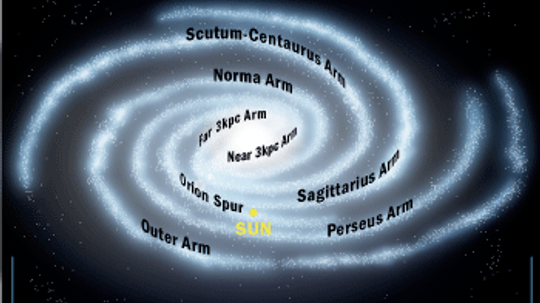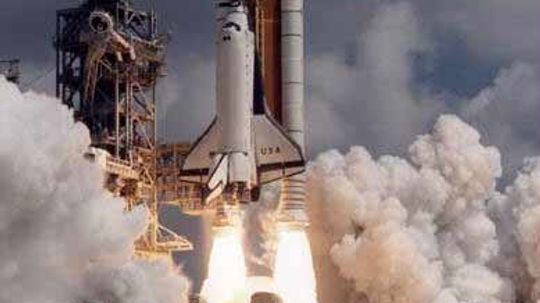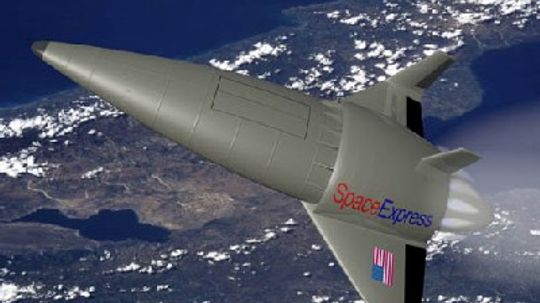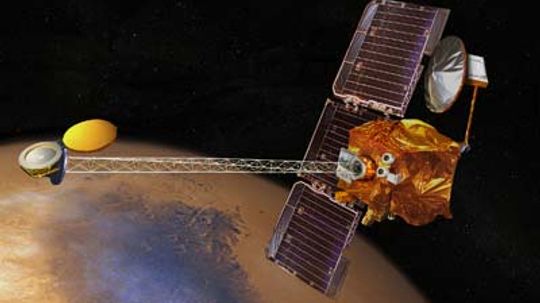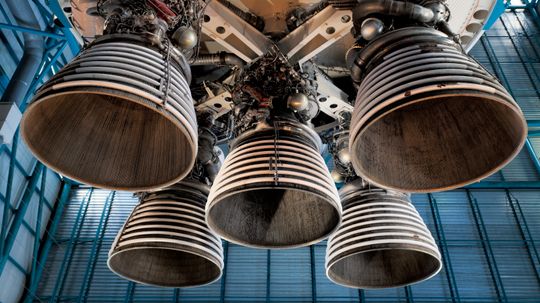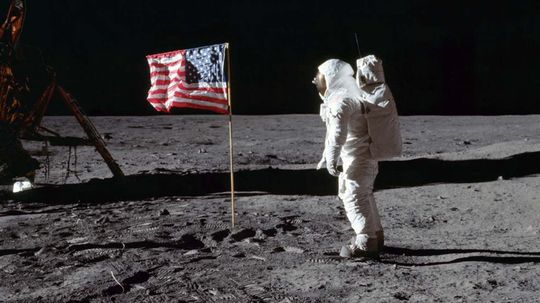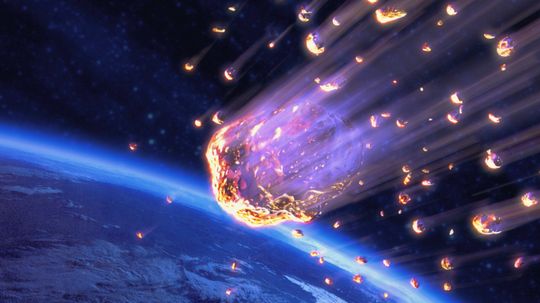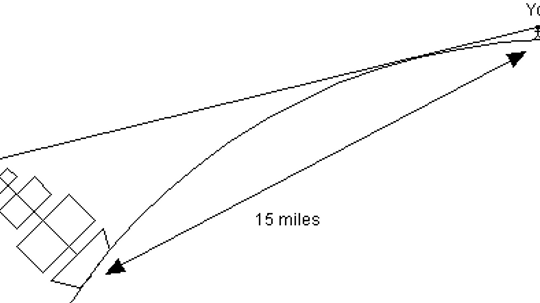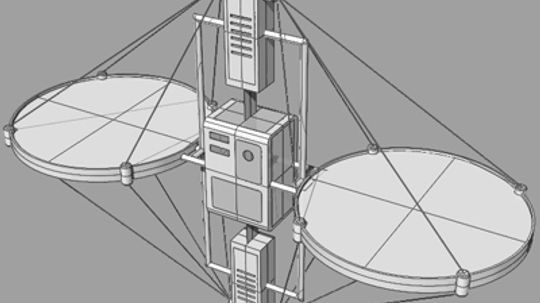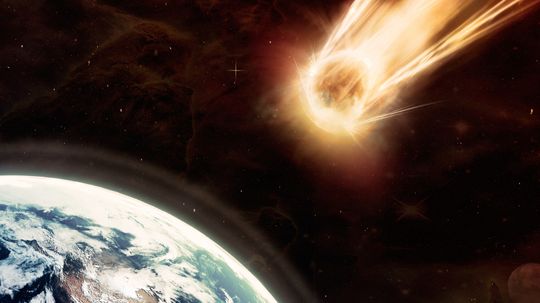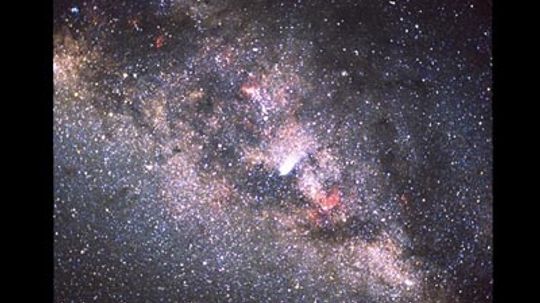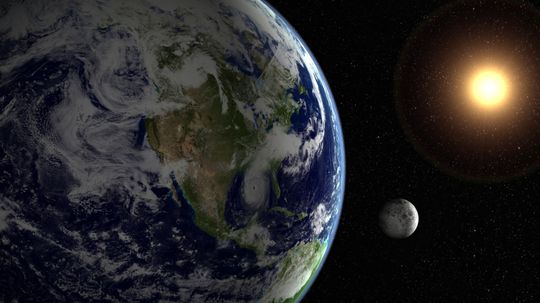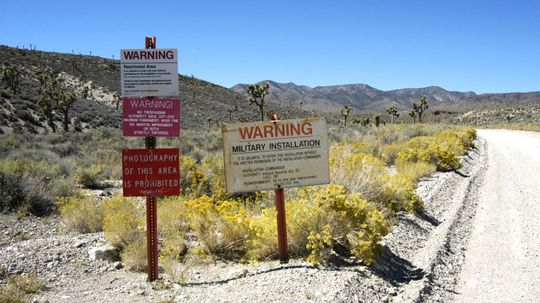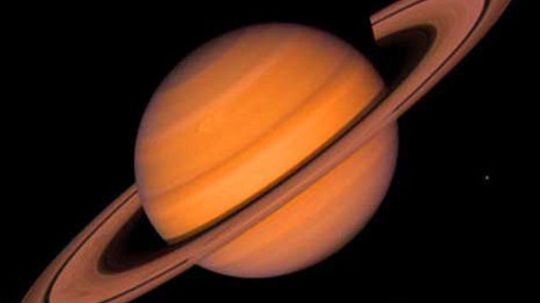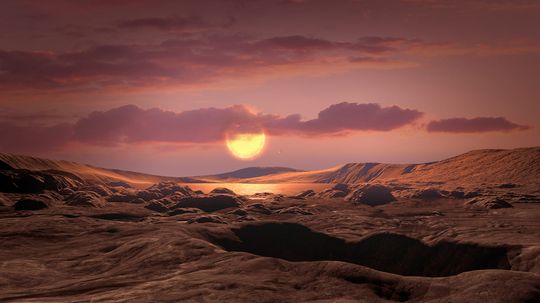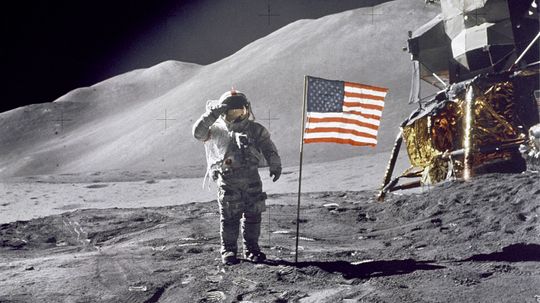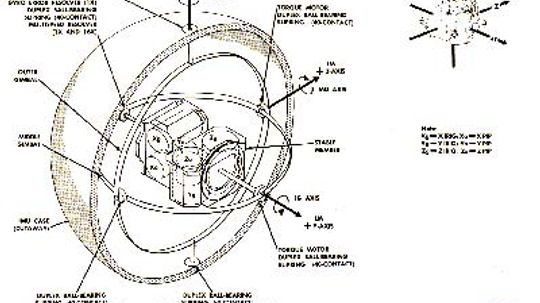Space
Explore the vast reaches of space and mankind’s continuing efforts to conquer the stars, including theories such as the Big Bang, the International Space Station, plus what the future holds for space travel and exploration.

The Zoo Hypothesis: Are Aliens Watching Us Like Animals in a Zoo?
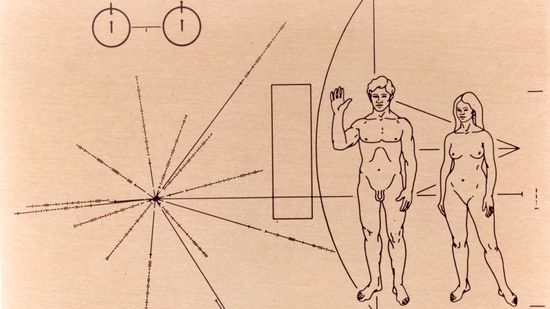
Communicating With Aliens Is Hard. Communicating With Alien AI Could Be Harder

UFOs and the Government

The Largest Star in the Universe Is 1,700x Bigger Than Our Sun

What Is a Harvest Moon?

The Mysteries of Mercury Retrograde Unveiled: A Cosmic Phenomenon
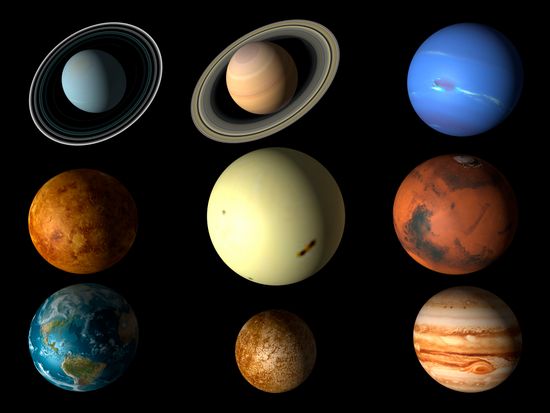
10 Best Ideas for Interplanetary Communication
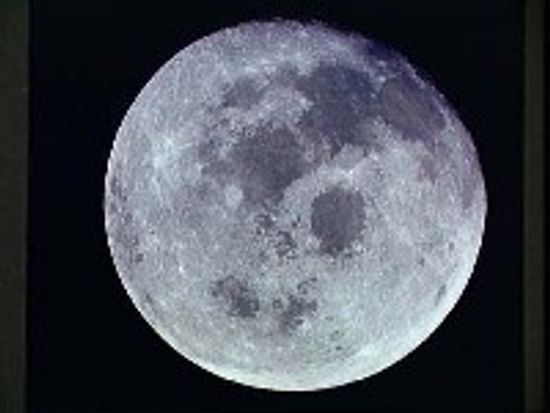
How can the moon generate electricity?
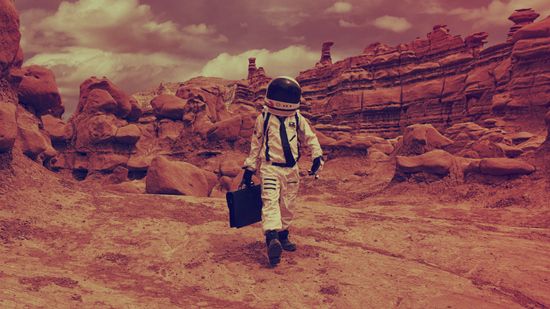
How Terraforming Mars Will Work

What Really Happened to Yuri Gagarin, the First Man in Space?

Apollo 11 One Giant Leap For Mankind

What is it like to sleep in space?
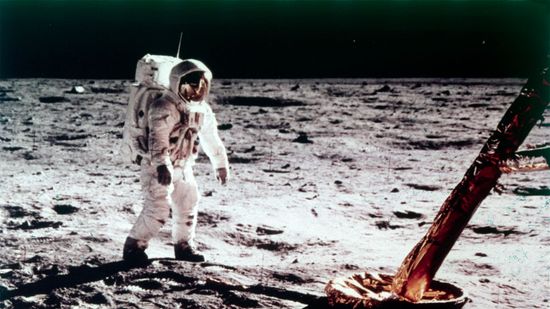
Quiz: Apollo 11, the First Moon Landing

Who was James Webb?

10 Space Landmarks We'd Like to Visit

The Fastest Fictional Spaceships

10 Fictional Spacecraft We Wish Were Real
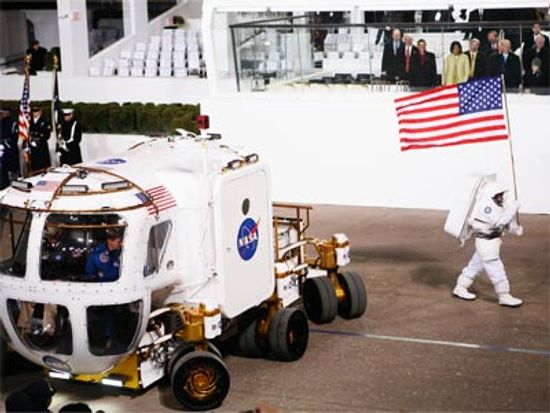
How Lunar Rovers Work
Learn More / Page 5
It's your home, and a colossally sized one at that. How much do you know about your galactic digs and their residence amid the yawning universe?
By Robert Lamb
How are stars formed? In this article we'll explain stars and learn how stars are formed.
In its nearly 30-year history, the space shuttle program has seen exhilarating highs and devastating lows. Learn all about the space shuttle program.
Advertisement
Air-breathing rockets have the potential to dramatically lower launch costs and may make space lots more accessible to normal people. See how it will work!
By Kevin Bonsor
Mars Odyssey is NASA's latest Mars spacecraft, and it's going to the red planet in search of water. Learn how this orbiter could pave the way for manned missions to Mars!
By Kevin Bonsor
At a drag race, I once saw a rocket car that was supposedly powered by spraying hydrogen peroxide on a silver mesh. The resultant reaction produced huge amounts of pure white smoke and apparently enough thrust to propel the car rapidly down the track. Does hydrogen peroxide really react with silver that way?
Apollo astronauts left a lot of stuff behind on the moon. Can you see any of that from Earth, even with a telescope?
By Valerie Stimac & Sascha Bos
Advertisement
If "nature abhors a vacuum," then why doesn't the vacuum of space suck away all of the Earth's atmosphere?
It turns out that measuring the distance to a star is an interesting problem! Astronomers have come up with two different techniques to estimate how far away any given star is.
In science, we are learning about the atmosphere. It protects us from meteors because it burns them up. So, why doesn't the space shuttle burn up?
Can the curvature of the Earth only be seen from outer space? If you didn't know that the Earth is a sphere, there are three common observations you could use to convince yourself that it is.
Advertisement
Believe it or not, the hardest part of space exploration is getting a spaceship off the ground. Explore the basics of propulsion and learn about both solid-fuel and liquid-fuel rocket engines.
A space shuttle launch is expensive -- about $10,000 per pound. The LiftPort Group is developing a new system that could cut the cost down to about $400 per pound. Find out how a space elevator might be your ticket into orbit.
By Kevin Bonsor
Where I live it is pretty common to see "shooting stars" -- streaks of light in the sky at night. How big is a shooting star? Do they land on earth or do they burn up? Do they land on the ground as meteorites?
The sun warms our planet every day, provides the light by which we see and is necessary for life on Earth. But what is it exactly, and what will happen when it burns itself out?
Advertisement
When you look up at night and see thousands of stars, have you ever wondered what you are looking at? Learn what stars are and how they live and die!
The Chandler wobble is the change in the spin of Earth on its axis. Think of the wobble you see in a toy top when it first starts spinning or slows down. Its 'poles' do not spin in a perfectly straight line.
When most people think of NASA, they probably think of astronauts and the Kennedy Space Center. But there's a whole lot more to this 60-year-old organization.
Less than 100 miles from Las Vegas, is the most famous secret military installation on the planet: Area 51. For decades, the U.S. government refused to acknowledge it existed. But now, the secret is out.
Advertisement
If you take cosmic dust and add plasma ... do you get life? Findings suggest that plasma crystals may be the key to one of the universe's greatest mysteries: Is there life out there?
The hunt for exoplanets, planets orbiting sun-like stars, is on! Thanks to new equipment, NASA has spotted thousands of them. But which ones might be able to handle life?
Since its inception in the late '50s, NASA has accomplished some amazing technical feats. But what are some of the agency's greatest moments?
By Julia Layton & Mark Mancini
Blasting a spacecraft into space is one thing. Bringing it back in one piece is another. Spacecraft are likely to burn up into bits if they aren't specially insulated and designed for the ride.
By Jane McGrath
Advertisement
Believe it or not, to get to space and back, NASA relies on a piece of technology that's been around for centuries. Just what is a gimbal, anyway?
These outer space abodes will have to protect inhabitants from extreme temperatures, radiation and flying moon dust. One man is actually selling deeds for lunar property at $20 a pop. Seriously?
